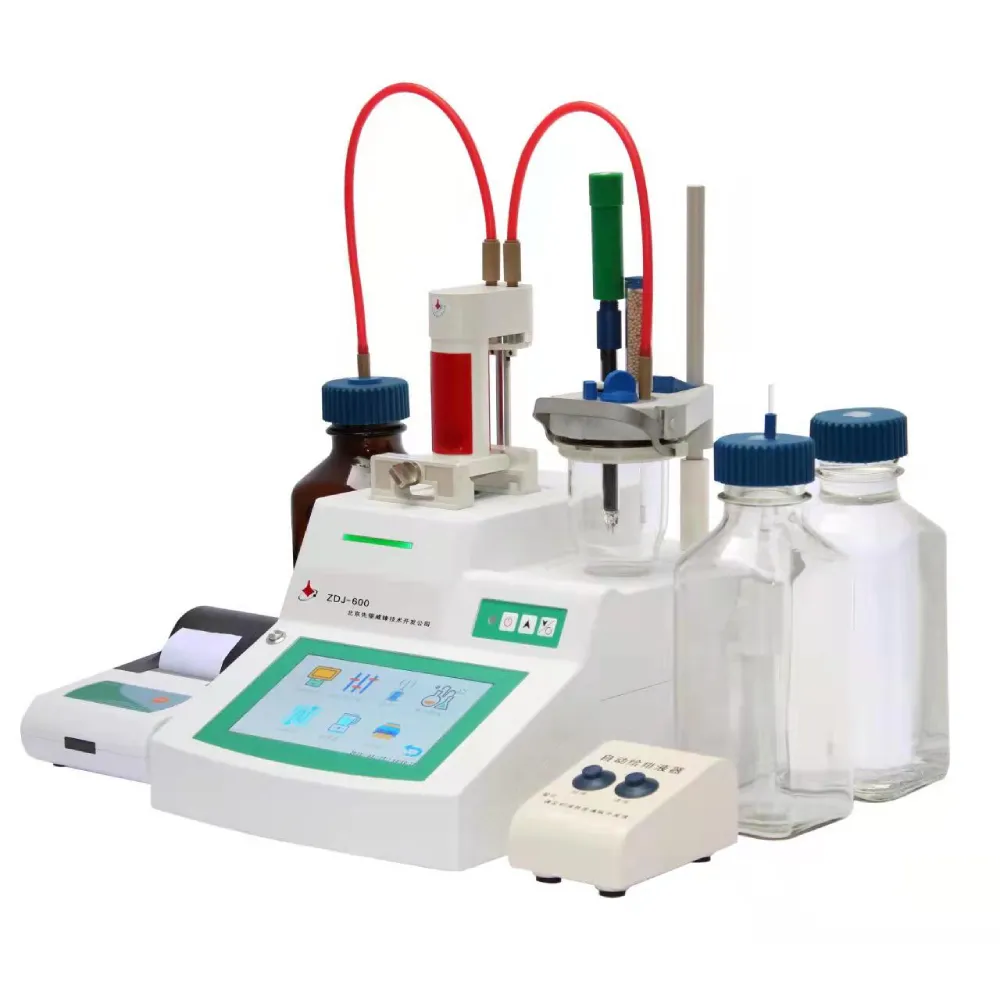 English
English



-
 Afrikaans
Afrikaans -
 Albanian
Albanian -
 Amharic
Amharic -
 Arabic
Arabic -
 Armenian
Armenian -
 Azerbaijani
Azerbaijani -
 Basque
Basque -
 Belarusian
Belarusian -
 Bengali
Bengali -
 Bosnian
Bosnian -
 Bulgarian
Bulgarian -
 Catalan
Catalan -
 Cebuano
Cebuano -
 China
China -
 China (Taiwan)
China (Taiwan) -
 Corsican
Corsican -
 Croatian
Croatian -
 Czech
Czech -
 Danish
Danish -
 Dutch
Dutch -
 English
English -
 Esperanto
Esperanto -
 Estonian
Estonian -
 Finnish
Finnish -
 French
French -
 Frisian
Frisian -
 Galician
Galician -
 Georgian
Georgian -
 German
German -
 Greek
Greek -
 Gujarati
Gujarati -
 Haitian Creole
Haitian Creole -
 hausa
hausa -
 hawaiian
hawaiian -
 Hebrew
Hebrew -
 Hindi
Hindi -
 Miao
Miao -
 Hungarian
Hungarian -
 Icelandic
Icelandic -
 igbo
igbo -
 Indonesian
Indonesian -
 irish
irish -
 Italian
Italian -
 Japanese
Japanese -
 Javanese
Javanese -
 Kannada
Kannada -
 kazakh
kazakh -
 Khmer
Khmer -
 Rwandese
Rwandese -
 Korean
Korean -
 Kurdish
Kurdish -
 Kyrgyz
Kyrgyz -
 Lao
Lao -
 Latin
Latin -
 Latvian
Latvian -
 Lithuanian
Lithuanian -
 Luxembourgish
Luxembourgish -
 Macedonian
Macedonian -
 Malgashi
Malgashi -
 Malay
Malay -
 Malayalam
Malayalam -
 Maltese
Maltese -
 Maori
Maori -
 Marathi
Marathi -
 Mongolian
Mongolian -
 Myanmar
Myanmar -
 Nepali
Nepali -
 Norwegian
Norwegian -
 Norwegian
Norwegian -
 Occitan
Occitan -
 Pashto
Pashto -
 Persian
Persian -
 Polish
Polish -
 Portuguese
Portuguese -
 Punjabi
Punjabi -
 Romanian
Romanian -
 Russian
Russian -
 Samoan
Samoan -
 Scottish Gaelic
Scottish Gaelic -
 Serbian
Serbian -
 Sesotho
Sesotho -
 Shona
Shona -
 Sindhi
Sindhi -
 Sinhala
Sinhala -
 Slovak
Slovak -
 Slovenian
Slovenian -
 Somali
Somali -
 Spanish
Spanish -
 Sundanese
Sundanese -
 Swahili
Swahili -
 Swedish
Swedish -
 Tagalog
Tagalog -
 Tajik
Tajik -
 Tamil
Tamil -
 Tatar
Tatar -
 Telugu
Telugu -
 Thai
Thai -
 Turkish
Turkish -
 Turkmen
Turkmen -
 Ukrainian
Ukrainian -
 Urdu
Urdu -
 Uighur
Uighur -
 Uzbek
Uzbek -
 Vietnamese
Vietnamese -
 Welsh
Welsh -
 Bantu
Bantu -
 Yiddish
Yiddish -
 Yoruba
Yoruba -
 Zulu
Zulu
titration test
Understanding the Titration Test A Key Concept in Chemistry
Titration is a fundamental analytical technique widely used in chemistry to determine the concentration of an unknown solution. The process involves the gradual addition of a titrant, a solution of known concentration, to the analyte, the solution of unknown concentration, until the reaction reaches a specific endpoint. This method is crucial in various fields, including pharmaceuticals, food industry, and environmental science, as it helps in precise measurements critical for quality control and regulatory compliance.
At its core, titration operates on the principle of neutralization reactions, acid-base reactions, or redox reactions, among others. In an acid-base titration, for example, an acid reacts with a base to produce water and a salt. The endpoint of the titration is often indicated by a color change, facilitated by a chemical called an indicator. Indicators, such as phenolphthalein or bromothymol blue, undergo a distinct color change at a particular pH level, signifying that the equivalent point has been reached where the amount of acid equals the amount of base in the solution.
To perform a titration, several steps are involved. First, the analyte solution is measured and placed into a flask. The titrant is then prepared in a burette, a graduated glass tube with a tap at the bottom that allows for precise control over the flow of the titrant. As the titrant is added to the analyte solution, the mixture is stirred to ensure thorough mixing. The operator must carefully observe the color change of the solution as the endpoint approaches.
Calculating the concentration of the unknown solution is achieved using the formula
titration test

\[ C_1V_1 = C_2V_2 \]
where \( C_1 \) and \( V_1 \) are the concentration and volume of the titrant, respectively, and \( C_2 \) and \( V_2 \) are the concentration and volume of the analyte. By plugging these values into the equation, one can solve for the unknown concentration, providing valuable data for research and analysis.
Titrations can be classified into several types based on the nature of the reaction involved. Acid-base titrations commonly use strong acids and bases; however, weak acids with strong bases and vice versa can also be examined. Redox titrations involve the transfer of electrons between the analyte and titrant, which is particularly useful in determining the concentration of oxidizing or reducing agents. Complexometric titrations involve the formation of a complex between the analyte and titrant and are commonly used for metal ion analysis.
One of the critical aspects of titration is ensuring accuracy and precision. Various factors can influence the results, such as the purity of the reagents used, the skill of the individual performing the titration, and proper technique in observing the endpoint. To improve reliability, multiple trials should be conducted, and the average of the results taken. Additionally, using equipment calibrated for accuracy and following proper laboratory protocols will significantly minimize errors in measurement.
In conclusion, the titration test is an indispensable method in quantitative chemical analysis. Whether used in a laboratory setting or industry applications, the ability to accurately determine the concentration of solutions through titration allows chemists and researchers to conduct experiments, maintain quality control, and ensure safety in chemical usage. Understanding the principles and procedures behind titrations not only enhances one’s laboratory skills but also deepens one's comprehension of chemical interactions. As science continues to advance, mastering foundational techniques like titration will remain crucial for aspiring chemists and professionals in the field.
-
Testing Equipment Industry Sees Major Advancements in 2025: Smart & Precision Technologies Lead the WayNewsJun.06,2025
-
Applications of Direct Current Generators in Renewable Energy SystemsNewsJun.05,2025
-
Hipot Tester Calibration and Accuracy GuidelinesNewsJun.05,2025
-
Digital Circuit Breaker Analyzer Features and BenefitsNewsJun.05,2025
-
Benefits of Real-Time Power Quality Monitoring Devices for Industrial EfficiencyNewsJun.05,2025
-
Earth Fault Loop Testing in High-Rise Building Electrical SystemsNewsJun.05,2025



